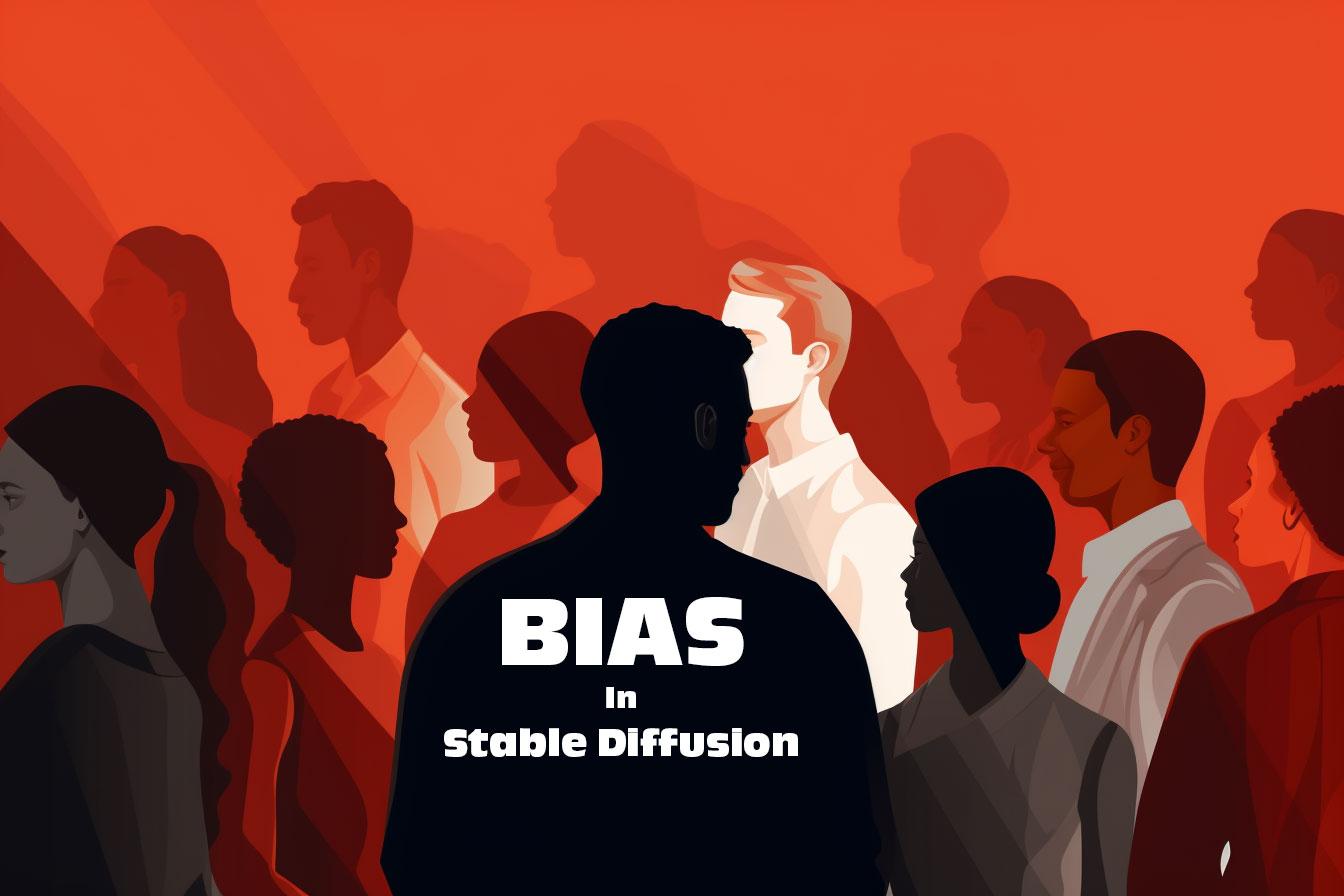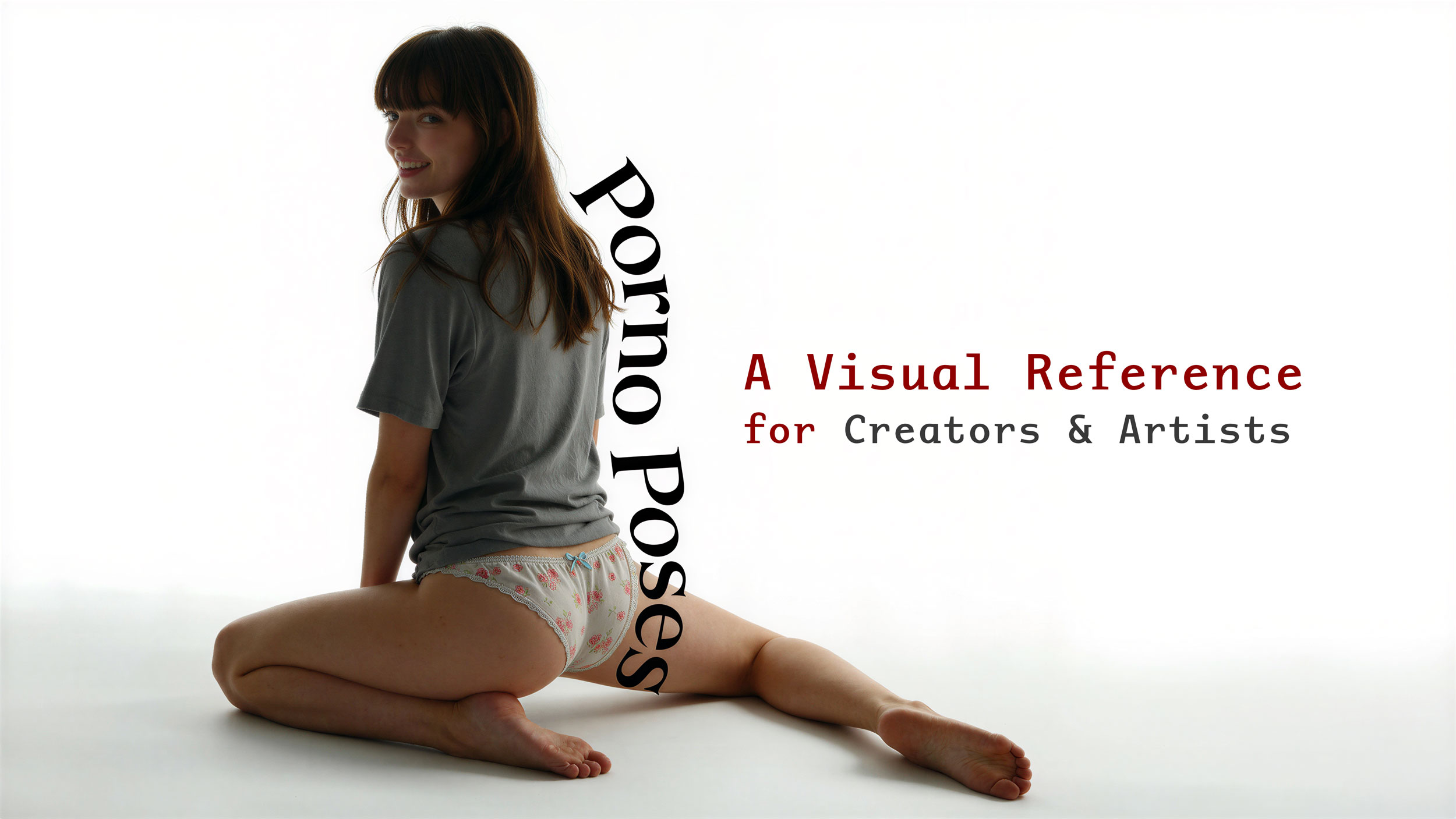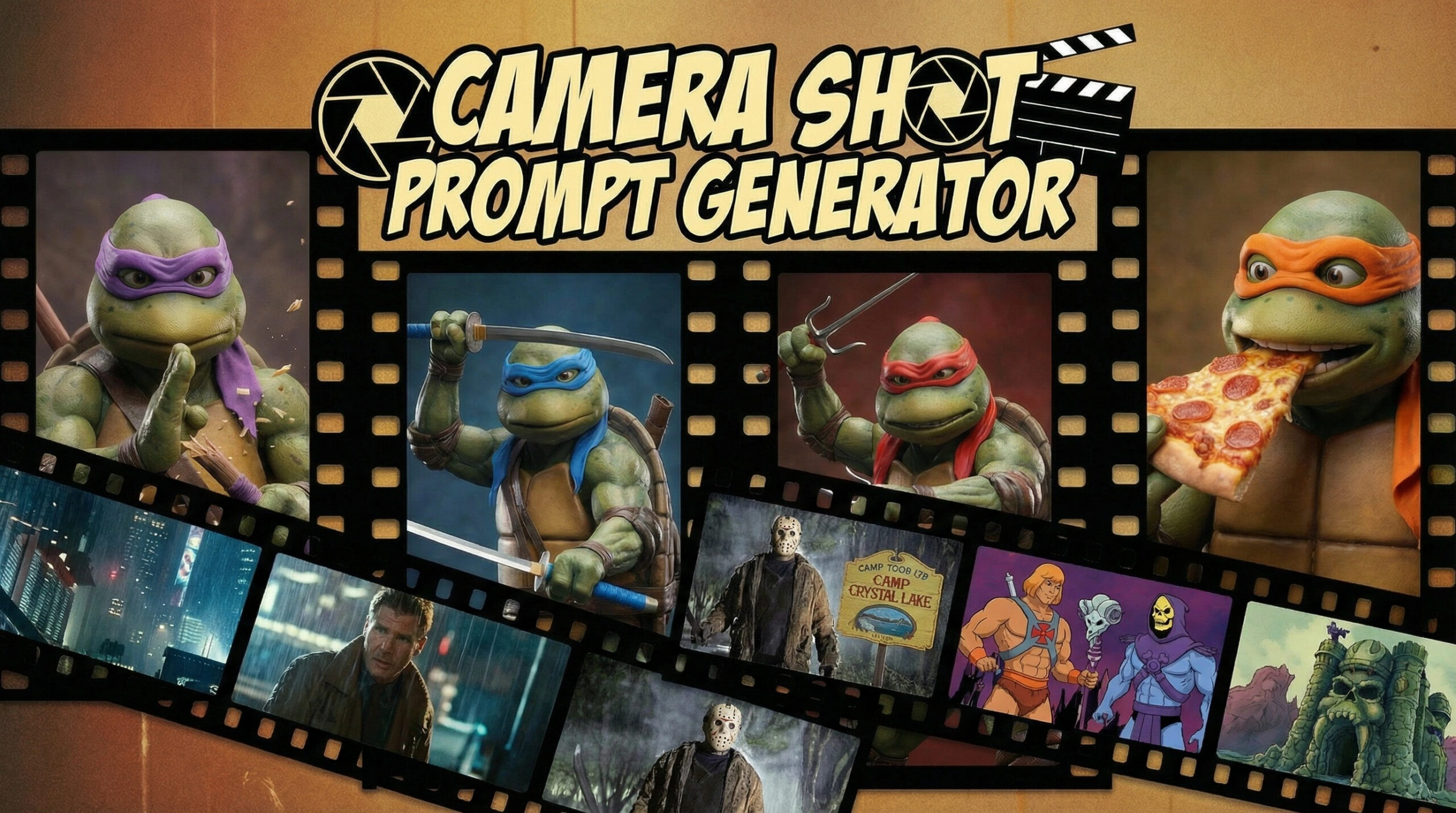
What is the Bias in Stable Diffusion?
What is the Bias in Stable Diffusion? That age-old human flaw, now a point of discussion in our new-age AI-art. If that question makes your brain do a double-take, you’re not alone. It’s a complex issue, and one that deserves our full attention. Stable Diffusion, our beloved art-generating wonder, doesn’t exist in a vacuum. It’s a product of the data it absorbs, and if that data carries any bias, it could potentially reflect in the artwork created. How does this happen? What does this mean for us, the creators? And most importantly, how can we navigate and address this issue?
Table of Contents
Defining Bias in AI
Bias – a term often associated with humans, holds a somewhat different connotation in the AI sphere. In artificial intelligence, bias is not about favoritism or prejudice, but about the inherent leanings in the data used to train the AI model. These leanings can be due to a multitude of factors including the type, source, and nature of the data collected, and the methodologies employed for data interpretation and modeling.
For instance, an AI tool trained primarily on Renaissance art will have a clear bias towards generating pieces that reflect that era’s aesthetics and themes. Conversely, if an AI’s training dataset is dominated by contemporary digital art, the output will tend to mirror those characteristics.
In essence, bias in AI is the reflection of the skewness in its training data – it’s not about right or wrong, good or bad. It’s simply a characteristic inherent in the training process. And yes, even our artistic accomplice, Stable Diffusion, is not immune to it.
Identifying Bias in Stable Diffusion
Looking into the world of AI, we quickly realize that it is not devoid of human influence. After all, humans create the algorithms and select the data sets that feed these systems. In the case of Stable Diffusion, it learns and generates based on what it’s been trained on. Now, here’s where the trouble might begin.
Imagine this: Stable Diffusion is given a dataset primarily composed of artworks from a single cultural perspective, a particular style, or perhaps a gender-specific viewpoint. This will inevitably influence what the AI produces. The AI’s output would lean towards these styles or perspectives, thereby creating a skewed representation of art.
In a nutshell, that’s what we mean by AI bias. It’s not about the AI system developing prejudiced views independently. It’s about the AI reflecting the biases present in the data it was trained on, consciously or unconsciously incorporated by the human handlers.
And just like that, our groundbreaking art tool might not be as impartial as we’d like to think. It may inadvertently perpetuate certain biases, presenting a challenge for us to tackle. But fear not! This challenge doesn’t signify an end but rather an opportunity for growth and better understanding. Let’s explore how we can address this in the next section.
Case Studies: Bias in Practice
To fully grasp the potential bias in Stable Diffusion, let’s discuss some hypothetical scenarios. Imagine we feed Stable Diffusion with a dataset predominantly consisting of 18th-century European oil paintings. As a result, the AI-generated artworks lean heavily towards this style, creating an overabundance of art reminiscent of this era and region. There’s nothing inherently wrong with 18th-century European art. Still, it’s important to remember that art is a global phenomenon with an incredibly diverse range of styles and cultural influences. If the AI’s output is dominated by one specific style, it inadvertently sidelines other artistic traditions and cultural expressions.
Another scenario might involve gender bias. If the majority of the input data consists of art created by male artists, the AI might be less successful in accurately recreating or generating art that reflects a more feminine or gender-neutral perspective. This could result in a disproportionate representation of genders in AI-created art.
Or, consider a dataset featuring predominantly abstract art. When tasked with creating a realistic landscape, the AI might struggle, having been trained largely on non-representational data.

These hypothetical scenarios highlight potential pitfalls in AI art generation. They underline the importance of a diverse dataset that covers a wide spectrum of styles, periods, and cultural perspectives. The goal isn’t just to generate beautiful art – it’s about fairness, representation, and breaking down barriers. It’s about acknowledging and celebrating the entirety of the global art landscape.
In our next section, we’ll look at how we can work towards eliminating these biases in AI art.
Mitigating Bias in AI Art
The bias in AI art, like any bias, isn’t an insurmountable issue. There are proactive steps we can take to identify and mitigate these biases to foster a more inclusive, representative AI art landscape.
Firstly, diversify the training data.
By ensuring the input data is representative of various styles, periods, cultures, genders, and philosophies, we can help create AI art that reflects the vast scope of human creativity.
Secondly, transparency is crucial.
Openness about the data sources used to train AI like Stable Diffusion can help users better understand the AI’s strengths and limitations. They can make more informed decisions about whether the AI’s output aligns with their artistic vision.
Thirdly, create mechanisms to adjust the output.
Just as a human artist might experiment with different mediums or styles, AI should also have the capacity to adapt and evolve. Incorporating user feedback loops could help in fine-tuning the AI to create more balanced, unbiased artwork.
Lastly, foster a diverse AI development community.
Different perspectives can lead to more robust, creative, and unbiased AI systems. Diversity in the room where the AI is created is just as crucial as diversity in the data that trains it.
In conclusion, addressing bias in AI art is not just about technical solutions but also about shifting perspectives and priorities. Let’s ensure we do so in a way that celebrates the full spectrum of human creativity.
Conclusion: The Constant Vigilance Against Bias
Stable Diffusion, like any AI, is a tool with immense potential. It mirrors our capability to create, innovate, and explore uncharted territories in art. But with that, it also mirrors our societal biases. Recognizing this is the first step towards addressing it.
In an era where we’re not just the spectators but the creators of the future of art, the responsibility to keep it fair, inclusive, and representative is on us. AI doesn’t create bias; it reflects the biases in the data it’s fed. So, it’s not just about AI evolving, but us evolving with it.
Bias in AI isn’t a one-time problem with a one-time solution. It’s a constant issue that requires our ongoing vigilance. Every innovation, every new dataset, every fine-tuning of the AI brings with it the possibility of bias, intended or not. We must remain vigilant, constantly examining and re-examining our AI tools for biases.
But let’s not forget the exciting part – we’re on the frontier of a new era in artistry. With the advent of AI artists, the canvas has expanded beyond our wildest imaginations. We have the power to shape this landscape in a way that truly reflects the diversity and creativity of all artists, human and AI alike.
This is not just about the future of art, but the future of us as a society. As we continue to chart these unexplored waters, let’s ensure we’re doing so with an eye for equality and representation, acknowledging the biases and striving to mitigate them. For in our hands lies the power to create a diverse, unbiased world of AI art.

n Reality or Illusion: Is Stable Diffusion Really as Incredible as They Say? n Whether you’ve been immersed in the AI art world or you’re just starting to dip your toes in, you’ve probably heard whispers about the latest sensation, Stable Diffusion. Although its entrance into the scene is quite recent, it’s already making waves.…
Ethics and Legalities:
- Is Stable Diffusion ethical?
- What is the controversy with Stable Diffusion?
- Does Stable Diffusion steal art?
- Is Stable Diffusion censored?
- Is Stable Diffusion stealing images?
- What is the bias of Stable Diffusion?
- Is Stable Diffusion legal?
- Are AI artists really artists?
- Why is AI art illegal?
- Does AI art rip off artists?
- Can Stable Diffusion be used commercially?






Leave a Reply